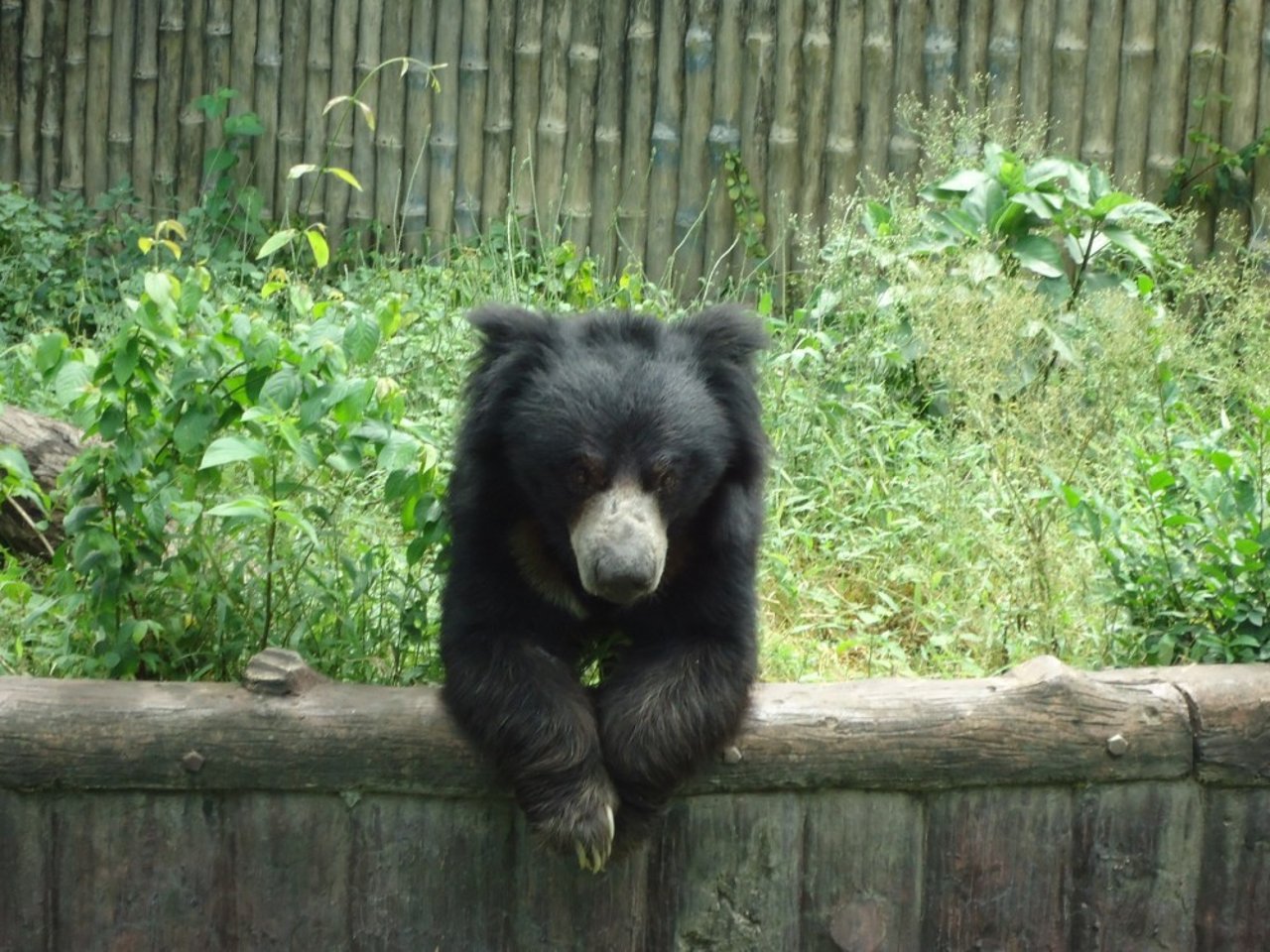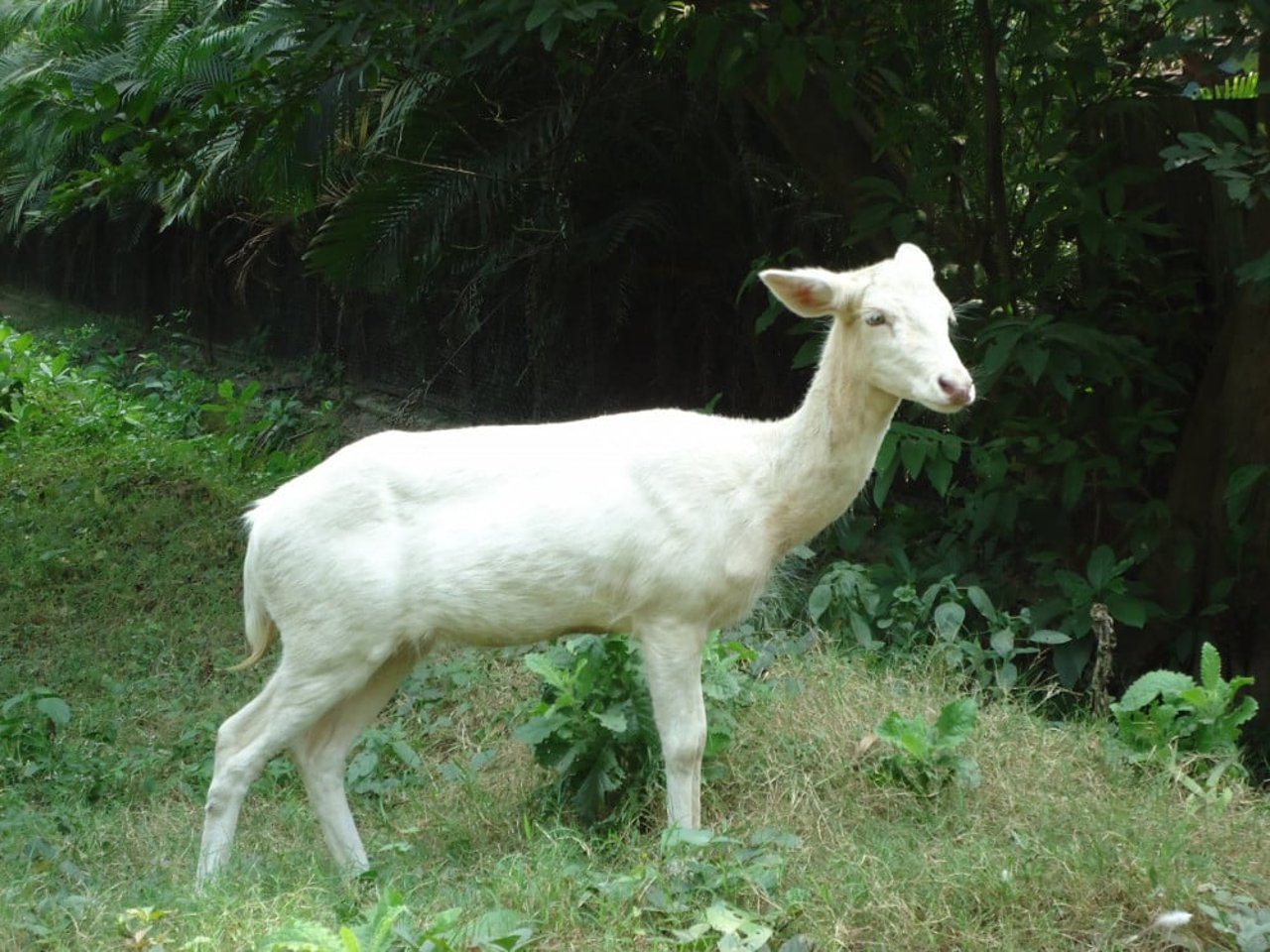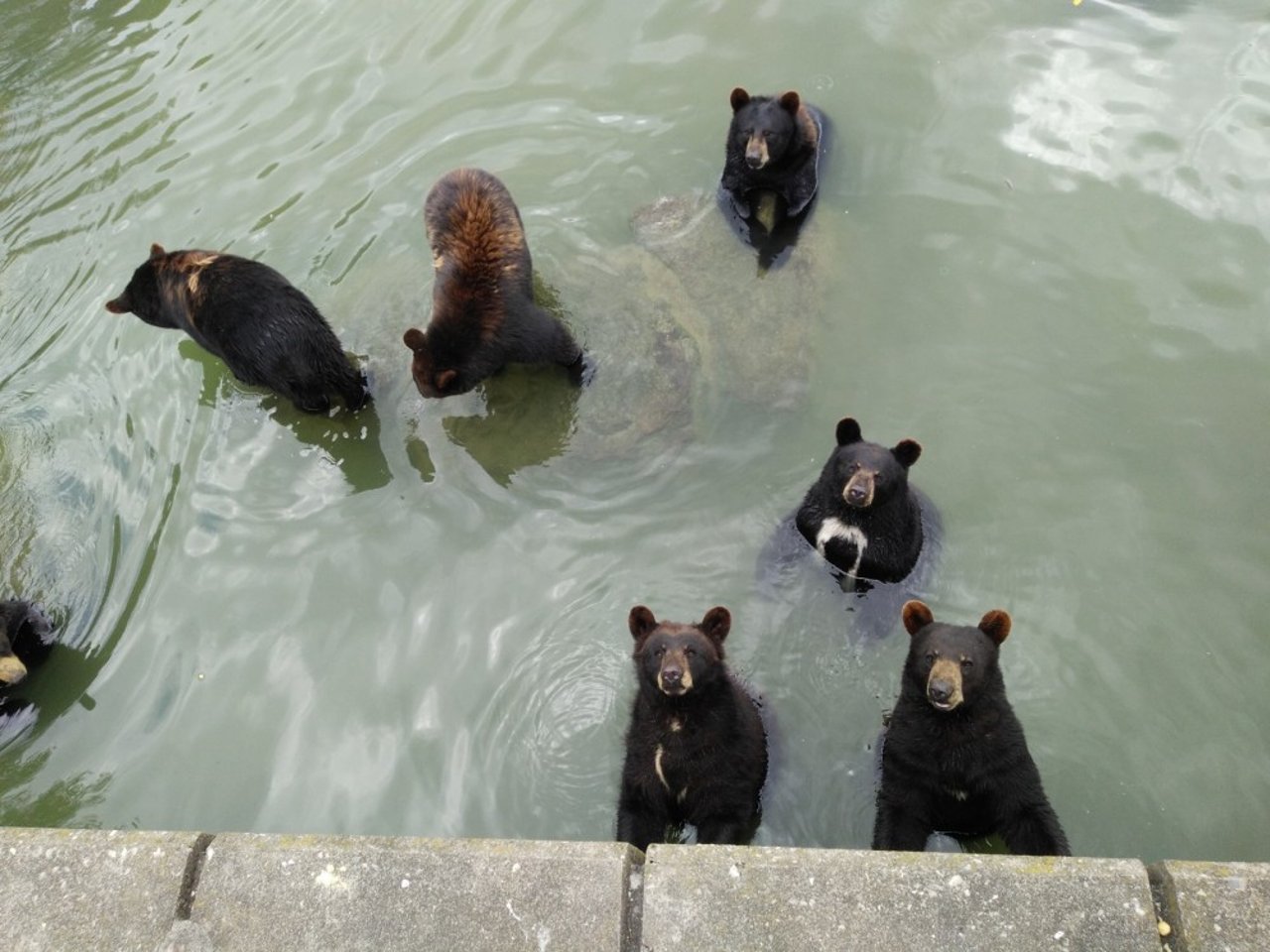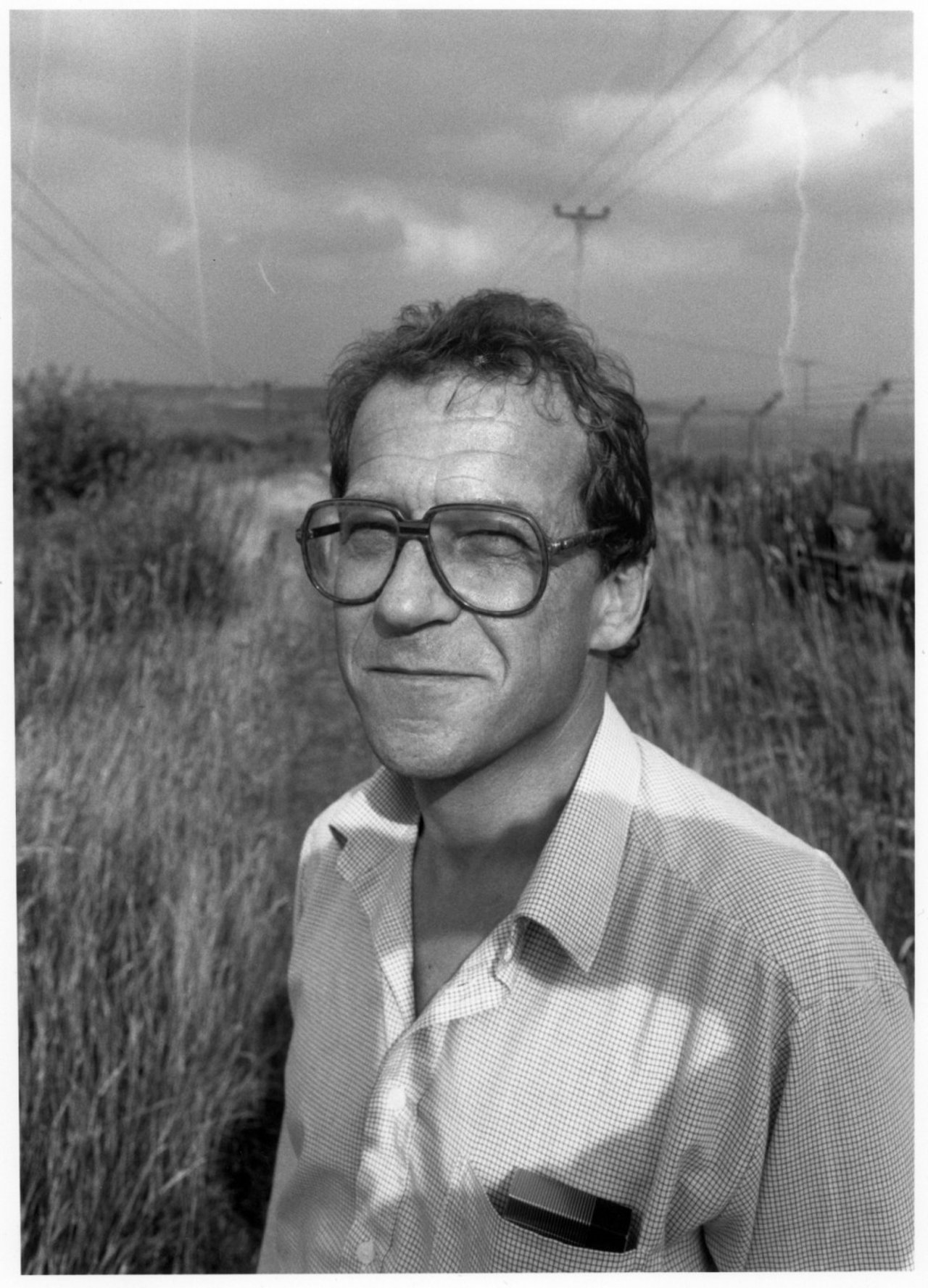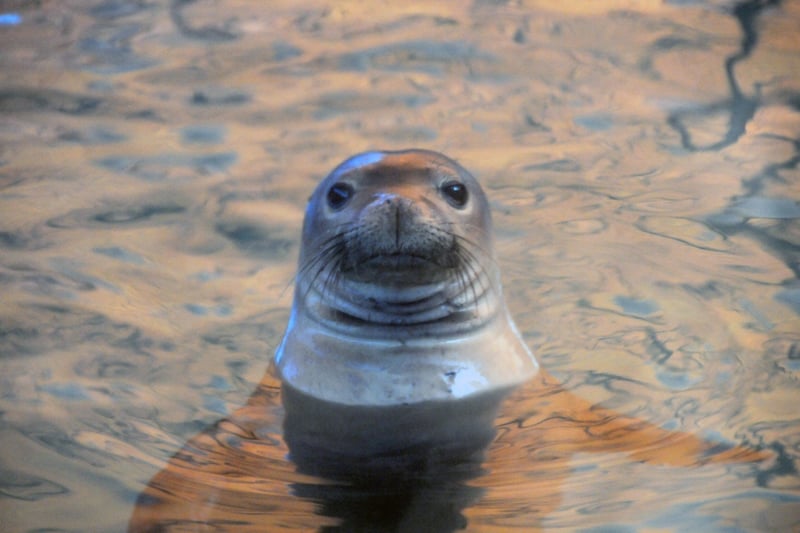
A recent incident of a man climbing into the enclosure of a lion in Delhi Zoo in October 2019, gave me some cause for reflection, as did watching a heartbreaking BBC film named ‘State Of The Ark’ on the state of zoos in Eastern Europe in the mid-nineties.
A tribute to three people who shaped our understanding of the zoo industry
The BBC film was made more significant by the fact that it was a tribute to three people who have shaped our understanding of the zoo industry in their own ways, Gerald Durrell, the founder of Jersey Zoo, widely thought of as one of the best zoos in the world, Bill Travers, actor turned campaigner and founder of Zoo Check(now Born Free Foundation), exposer of the worst zoos in the world and Stefan Ormrod, a former zookeeper turned zoo investigator and author of the book, ‘The Last Great Wild Beast Show’, a document that played a major role in the passage of the landmark Zoo Licensing Act in Great Britain in 1981. The untiring initiatives and endeavours of these three people were visible in the film as well as the thoughts that crossed my mind when I had my reflection on the captive animal topic recently.
Individuals entering the enclosures of dangerous predators in zoos in India
Of course, the entry of the man in the lion enclosure at Delhi Zoo is not the only such instance that has taken place within the earshot of memory. Over the years there have been numerous incidents of individuals entering the enclosures of dangerous predators in zoos in India, from Alipore Zoo in Kolkata to Gwalior Zoo in Madhya Pradesh and from Nandankanan Zoo to Jamshedpur Zoo. These incidents, along with other unsavoury developments including deaths of animals due to mismanagement at different zoos in India and abroad and particularly Delhi Zoo, give me a reason to ponder on the whole nature of keeping animals in captivity.
Western zoos are NOT better than Indian zoos
Can zoos perform a role in conservation and education as they so feverishly emphasize? Yes, they can but the cases of zoos contributing to conservation and education are few and far between, across the world and also in India. My personal zoo visits across three continents have taught me that Western zoos are NOT better than Indian zoos, although there is an assumption that Indian zoos are worse than Western zoos. A major concern is the continued and unchecked breeding of animals in zoos that lead to a multiplicity of problems like the one witnessed in Delhi Zoo recently, with Axis Deer dying in large numbers. Uncontrolled and irresponsible breeding of animals in zoos also leads to morally bankrupt and obnoxious actions like the culling of Marius, the two-year-old healthy giraffe who was shot dead and then fed to lions at Copenhagen Zoo in February 2014. Whilst the case of Marius made headlines, thousands of animals are killed on the sly in zoos across the world, including some of the most famous in the world.
Zoos preach hatred for hybrid animals
Zoos also regularly preach hatred for hybrid animals like tigers that are of mixed subspecies origin(Siberian X Sumatran or Siberian X Bengal) on dubious scientific grounds given that several biologists are revisiting the whole idea of the nature of species and subspecies. There is a genuine lack of control of zoos worldwide to adhere to minimum welfare standards and much more needs to be done by zoo associations to ensure this. Public consciousness is putting pressure on zoos, and the recent decision of Seaworld to stop the breeding of Orcas(Killer Whales) following the massive backlash they faced after the release of the film ‘Blackfish’ is testimony to the power and role of the public in changing existing zoo attitudes. In India, after twenty years of investigative work and campaigning, Calcutta Snake Park was closed on 5th December 2015, a monumental victory for both conservation and animal welfare, considering that this zoo was keeping animals in highly unsatisfactory and substandard conditions and was indulging in illegal wildlife trade. Several organisations provided much-needed input to finally shut down this hellhole.
Should we close our zoos?
Compassion and professional care catering to the physiological and behavioural needs of captive animals ought to be the primary areas of action that need to be looked into in Indian zoos. Enclosures have to be designed in a way that benefits the animals and all members of the public told NOT to breach enclosure barriers or hurl stones at captive animals BEFORE they enter the zoo premises. This can be achieved by making it mandatory for all visitors to go through an orientation centre after purchasing tickets to a zoo. BBC produced an excellent programme on zoos entitled, ‘Should We Close Our Zoos?’ in 2016 and it is time to raise this question in the public domain in India too. There will always be a multiplicity of opinion on zoos ranging from complete closure to reformation and my personal view is that zoos will serve their purpose better by turning into rescue centres for abused wildlife and undertake breeding programmes only when there is a genuine possibility for reintroduction in the wild. In short, it is simply not on to stick animals in cages and leave them and then claim conservation and education benefits by creating pseudoscientific acronyms to impress the public.
‘The State Of The Ark’ and the chief protagonist Stefan Ormrod
Coming back to BBC film I watched several times over in December 2019, ‘The State Of The Ark’ and the chief protagonist Stefan Ormrod. He began as a zookeeper at Jersey Zoo founded by Gerald Durrell and subsequently went on to become Curator of Mammals and is mentioned in the book, ‘Menagerie Manor.’ On leaving Jersey Zoo, he worked in different British zoos and critically examined the zoo concept. He made a herculean effort throughout his life to improve the lot of zoo animals with his expertise and spent a lot of time trying to help animals in Eastern European zoos. He was a true soldier for captive animals wherever he went and he had the courage to question the zoo concept at a time when many were content to accept the zoo philosophy without intricate examination.
‘The State Of The Ark’ ends with his tragic suicide in 1995, an event made sadder by the fact that the best was yet to come. Watching the film and learning more about his work made me realise that Stefan Ormrod was an exceptional zoo investigator and that the world needs many more individuals like Stefan Ormrod today to tackle the abuse of wildlife in entertainment in zoos ostensibly designed for conservation and education.
‘The State Of The Ark’ ends with his tragic suicide in 1995, an event made sadder by the fact that the best was yet to come. Watching the film and learning more about his work made me realise that Stefan Ormrod was an exceptional zoo investigator and that the world needs many more individuals like Stefan Ormrod today to tackle the abuse of wildlife in entertainment in zoos ostensibly designed for conservation and education.
